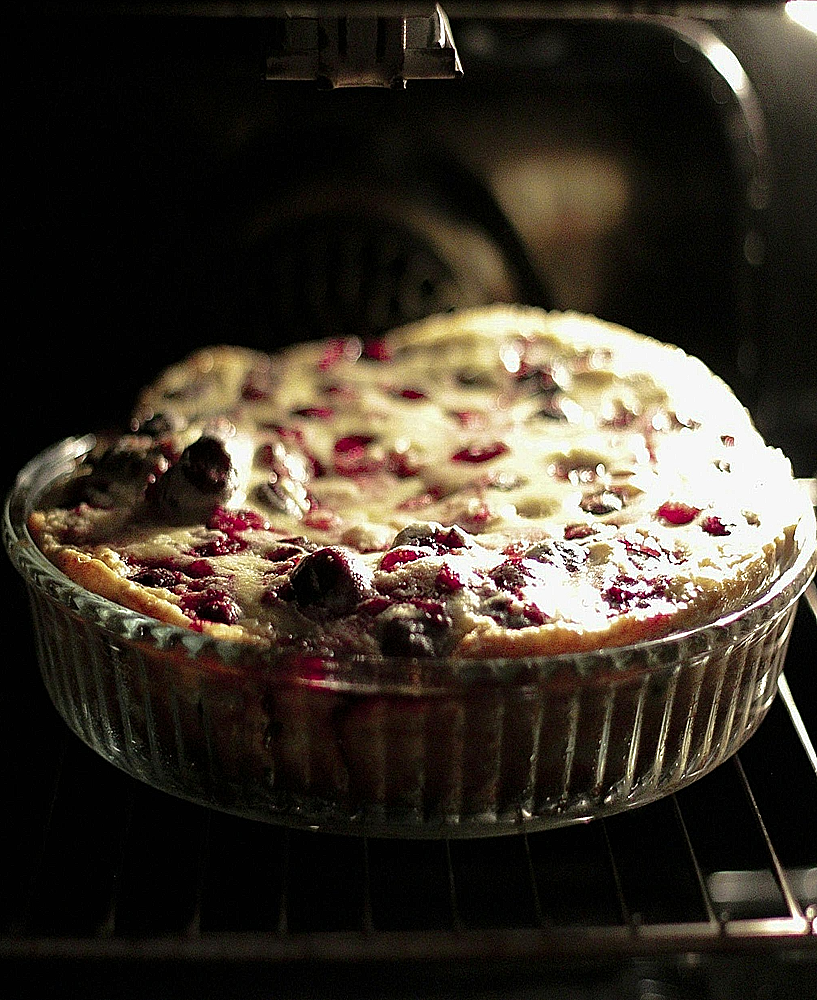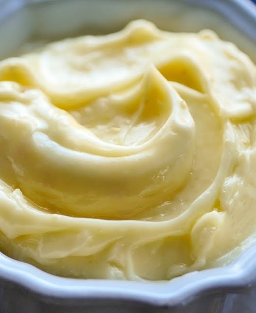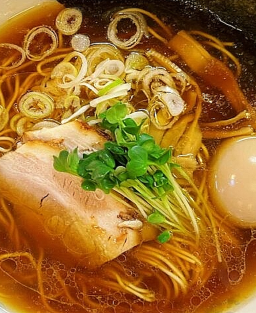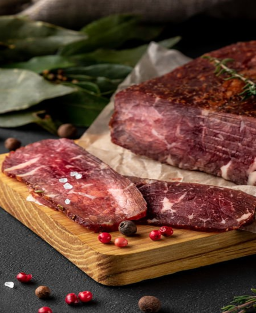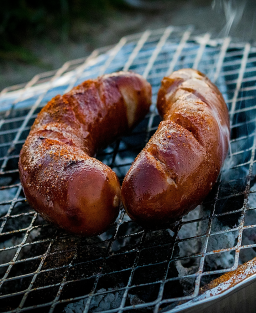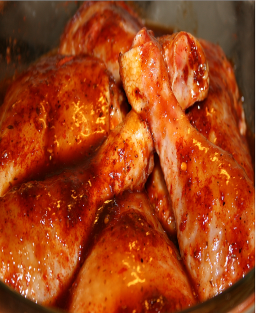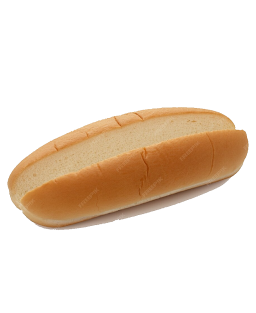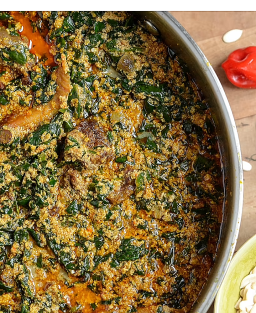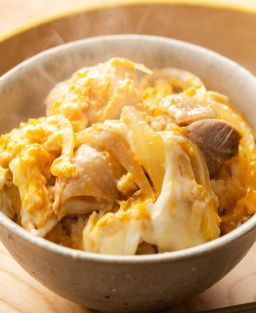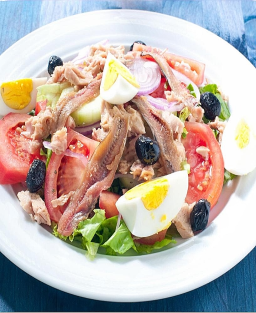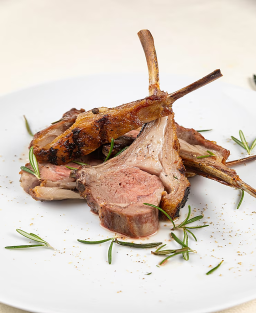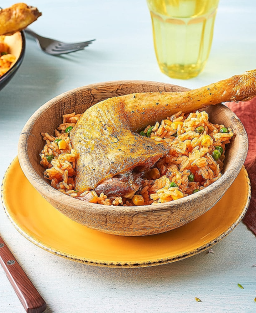- Out-of-Stock
Cherry Clafoutis: History, Recipe and Variations of the Traditional French Dessert
Cherry Clafoutis: History, Recipe and Variations of the Traditional French Dessert
Cherry clafoutis is a traditional French dessert from the Limousin region, prized for its tender batter and generously filled whole fruits.
1. Popular Origin
Clafoutis is a traditional French dessert, originating in Limousin, in the Massif Central, where it is considered a symbol of the local terroir. Its name comes from the Occitan dialect clafotís, meaning “filled” or “covered,” referring to the whole fruits placed in the batter before baking, which allowed the cherries to release their juice and the pits a subtle almond aroma, enhancing the dessert’s flavor.
Originally, clafoutis was made with local black cherries, unpitted, as the pits released a light almond aroma during baking, enhancing the taste. It was a simple peasant dessert made from local ingredients: eggs, milk, flour, sugar, and cherries.
2. First Written Mentions and Original Recipe
The earliest written references date back to the 19th century in regional French cookbooks, without attribution to any specific chef. Quickly, this dessert became emblematic of French gastronomy, appreciated for its simplicity, authentic taste, and tender texture.
The original recipe consisted of:
-
Placing black cherries in a buttered dish.
-
Covering them with a thick batter of eggs, milk, flour, and sugar.
-
Baking until the batter was golden and slightly firm.
Clafoutis was a seasonal dessert, eaten in summer directly from the oven, often dusted with powdered sugar.
3. Chefs and Pastry Chefs Who Popularized Clafoutis
Although clafoutis has popular origins, some chefs and authors contributed to its national and international fame:
-
Auguste Escoffier (1846‑1935): Mentions clafoutis as a simple, rustic fruit dessert in his classical French cookbooks.
-
Julia Child (1912‑2004): Popularized clafoutis in the United States in Mastering the Art of French Cooking (1961), explaining the batter technique and baking.
-
Paul Bocuse (1926‑2018): Introduced modernized versions in his menus and programs, often with seasonal fruit variations.
-
Raymond Oliver (1909‑1990): Chef at the renowned Le Grand Véfour in Paris, included cherry and plum clafoutis recipes in his books, contributing to its place in refined French gastronomy.
Cherry Clafoutis – Raymond Oliver and Paul Bocuse Versions
1. Raymond Oliver Version (Le Grand Véfour)
Ingredients (4 servings):
-
Black cherries: 400 g (unpit)
-
Eggs: 3
-
Sugar: 100 g
-
Flour: 80 g
-
Whole milk: 25 cl
-
Butter: 20 g (for the dish and optionally in the batter)
-
Pinch of salt
-
Powdered sugar for finishing (optional)
Method:
-
Butter the dish and arrange the cherries evenly.
-
Whisk eggs and sugar until pale.
-
Add flour and salt, then gradually incorporate milk to obtain a smooth batter.
-
Pour the batter over the cherries.
-
Bake at 180 °C (350 °F) for 30‑35 minutes, until golden and firm.
-
Let cool slightly and dust with powdered sugar before serving.
Key feature: Strict adherence to Limousin tradition with whole, unpitted cherries for a subtle almond flavor from the pits.
2. Paul Bocuse Version (L’Auberge du Pont de Collonges)
Ingredients (4 servings):
-
Cherries or seasonal fruit (plums, apricots): 400 g
-
Eggs: 3‑4
-
Sugar: 80‑100 g (depending on fruit)
-
Flour: 80 g
-
Whole milk: 25 cl
-
Fresh cream: 10 cl
-
Butter for the dish
-
Pinch of salt
Method:
-
Butter the dish and arrange the chosen fruit.
-
Whisk eggs and sugar until light and foamy.
-
Add flour and salt, then mix in milk and cream for a richer batter.
-
Pour over the fruit.
-
Bake at 180 °C (350 °F) for 30‑35 minutes depending on thickness and fruit type.
-
Serve warm, optionally with light caramelization or vanilla glaze.
Key feature: Modernized clafoutis, using seasonal fruits and richer batter with cream, producing a more indulgent, tender dessert.
Pedagogical Tips (CAP)
-
Mise en place: Prepare all ingredients and utensils before starting.
-
Accurate weighing: Use a scale to respect proportions and ensure correct batter texture.
-
Batter texture: Should be fluid but slightly thick to cover the cherries well.
-
Even baking: Place the dish in the center of the oven and avoid opening the door too early.
Clafoutis Variations
Traditional Cherry Clafoutis:
Uses whole, unpitted black cherries so the pits release a subtle almond flavor. The simple batter (eggs, milk, flour, sugar) turns golden and tender, remaining true to its peasant origin.
Red Berry Clafoutis:
Uses raspberries, blueberries, strawberries, or blackberries, providing a balance of tartness and sweetness. Adjust baking time for fruit acidity. Perfect for a colorful summer dessert, served warm or cold with powdered sugar or whipped cream.
Apple or Pear Clafoutis:
Thinly sliced fruit gives a firmer texture and delicate sweetness. Can be flavored with cinnamon, vanilla, or cardamom. Ideal for autumn and winter, offering a comforting dessert.
Apricot or Plum Clafoutis:
Slightly tart fruits create a fresh, tangy clafoutis, ideal for summer. Fruit should be pitted and evenly arranged for even baking. Offers balance between batter sweetness and fruit acidity.
Savory Clafoutis:
Fruit is replaced with seasonal vegetables like zucchini, cherry tomatoes, or peppers. Adding cheese, herbs, or spices transforms it into an entrée or brunch dish, keeping the tender texture while offering savory flavors.
Light Clafoutis:
Lower-calorie version without compromising taste: use semi-skimmed milk or plant-based alternatives and reduce sugar to 70 g. Suitable for diets or a “healthy” version of the classic clafoutis.
Today, clafoutis remains an iconic French dessert, combining simplicity, rusticity, and fruity flavor. Traditionally prepared in summer during cherry harvest, its versatility allows enjoyment year-round with other fruits.











